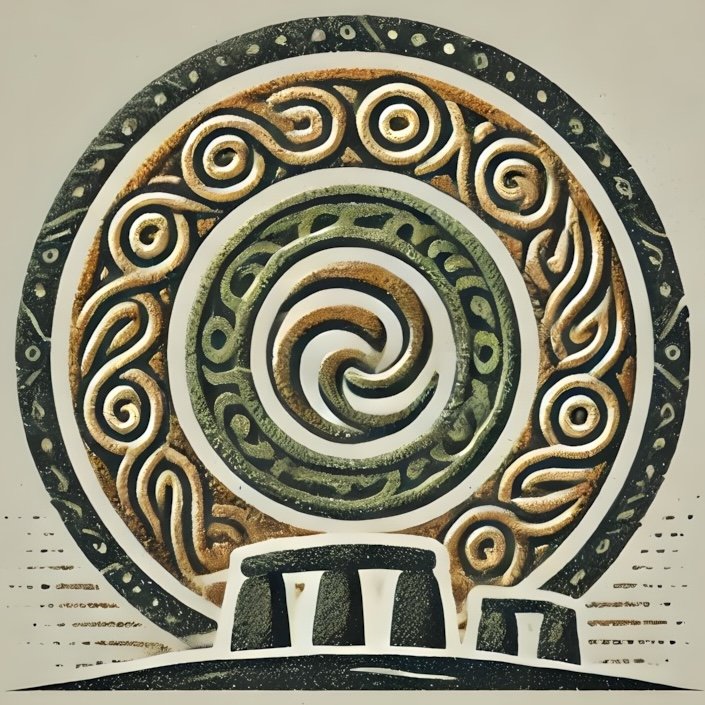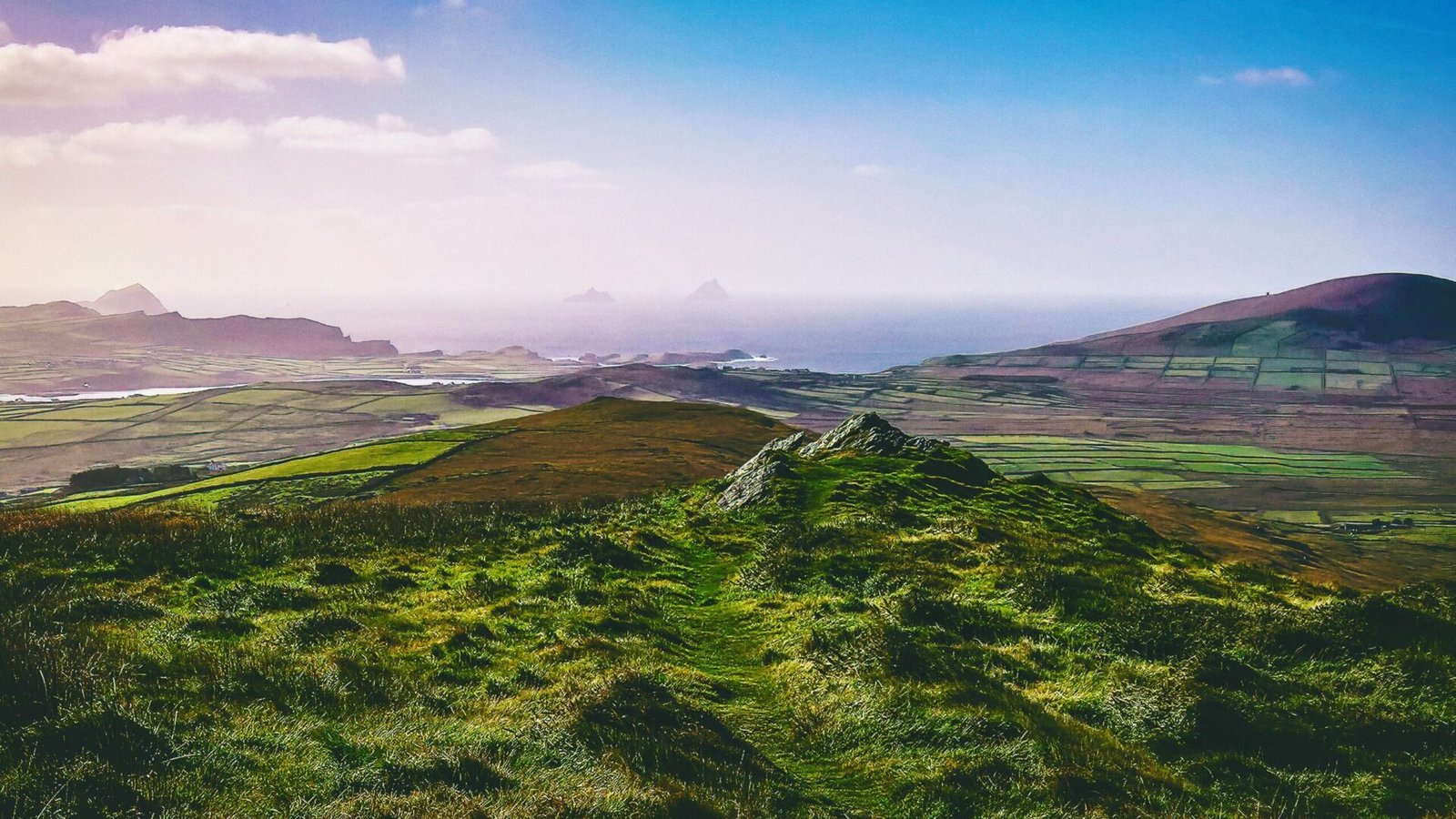Irish prehistory is a tapestry woven from the rich threads of mythology and archaeology. Together, they create a vibrant narrative that helps us understand the ancient peoples of Ireland, their beliefs, and their landscapes. This pillar page aims to explore the intricate relationships between these two disciplines, guiding visitors to key sites across the Irish landscape that echo the stories of old and the discoveries of modern archaeology.
Understanding Mythology
Mythology serves as the cultural backbone of ancient societies, encapsulating their beliefs, values, and worldviews. In Ireland, mythology is a treasure trove of tales featuring gods, heroes, and supernatural beings. The Tuatha Dé Danann, a race of deities and heroes, is central to Irish mythology. Their stories, filled with battles, enchantments, and transformations, reflect the values and fears of the people who told them.
Irish myths are not merely fanciful tales; they are deeply rooted in the landscape. Many sites across Ireland are linked to these stories, such as the Hill of Tara, believed to be the seat of the ancient kings, and Newgrange, a passage tomb that aligns with the winter solstice. These locations are not only geographical markers but also cultural signposts, guiding us through the ancient Irish psyche.
Understanding Archaeology
Archaeology, on the other hand, is the scientific study of human history and prehistory through the excavation and analysis of artifacts, structures, and other physical remains. In Ireland, archaeological research has uncovered a wealth of information about ancient societies, from the Neolithic farmers who built megalithic tombs to the Celtic tribes that later inhabited the island.
Key archaeological sites such as Brú na Bóinne and Knowth reveal sophisticated burial practices and an understanding of astronomy that challenges our perceptions of prehistoric peoples. The artifacts unearthed—pottery, tools, and jewelry—provide tangible connections to the past, allowing us to piece together the daily lives and spiritual beliefs of those who came before us.
Interconnections Between Mythology and Archaeology
The relationship between mythology and archaeology is a dynamic interplay that enriches our understanding of Irish prehistory. Myths often provide context and meaning to archaeological finds, while archaeology can illuminate the historical realities behind mythological narratives. For instance, the tale of the Cattle Raid of Cooley, which features the legendary hero Cú Chulainn, can be contextualized by archaeological evidence of cattle herding and warfare practices in ancient Ireland.
Conversely, archaeological discoveries can lead to new interpretations of myths. The alignment of Newgrange with the winter solstice suggests a sophisticated understanding of solar cycles, which may have influenced the mythological narratives surrounding rebirth and renewal. Such interconnections demonstrate that mythology and archaeology are not separate entities but rather two sides of the same coin, each informing and enriching the other.
Cultural Context of Mythology and Archaeology
To fully appreciate the interplay of mythology and archaeology, one must consider the cultural context in which these narratives and artifacts emerged. The ancient Irish lived in a world where the spiritual and physical realms were deeply intertwined. Their myths often served to explain natural phenomena, societal structures, and human experiences.
For example, the myth of the Salmon of Knowledge illustrates the belief in wisdom and transformation. The salmon, which gains knowledge by eating the nuts that fall from the sacred hazel tree, symbolizes the quest for enlightenment. Archaeological evidence of hazel nuts and fish remains at ancient sites suggests that these elements were not just symbolic but integral to the diet and culture of prehistoric communities.
Understanding the cultural context allows us to see how myths were not merely stories but frameworks through which ancient people understood their world. This perspective is essential for interpreting archaeological findings and recognizing their significance within the broader narrative of Irish prehistory.
Key Themes in Irish Mythology and Archaeology
Several key themes emerge when examining the intersection of Irish mythology and archaeology:
1. Sacred Landscapes
Many archaeological sites are imbued with spiritual significance, reflecting the ancient belief that certain landscapes were sacred. Locations like Loughcrew and Giant’s Causeway are steeped in mythological narratives, serving as reminders of the deep connection between the people and their environment.
2. Heroism and Identity
Mythological heroes such as Cú Chulainn and Fionn mac Cumhaill embody ideals of bravery, loyalty, and identity. Archaeological evidence of weaponry and fortifications provides insight into the martial culture of ancient Ireland, illustrating how these heroic tales were rooted in the realities of conflict and survival.
3. Transformation and Rebirth
Themes of transformation and rebirth are prevalent in both mythology and archaeology. The cyclical nature of life and death is reflected in burial practices and the construction of passage tombs, which served as both final resting places and sites of ritual.
Modern Interpretations and Misinterpretations
In contemporary society, the relationship between mythology and archaeology continues to evolve. Modern interpretations often seek to bridge the gap between ancient narratives and current understandings of history. However, this can lead to misinterpretations, as myths are sometimes romanticized or oversimplified.
For instance, the popular portrayal of the Celts as mystical druids may overshadow the complexities of their society, which included various tribes with distinct customs and beliefs. Similarly, the commercialization of ancient sites can dilute their cultural significance, transforming them into mere tourist attractions rather than places of historical importance.
It is crucial for visitors and scholars alike to approach the study of Irish prehistory with a critical eye, recognizing the layers of meaning within both mythology and archaeology. Engaging with local narratives and respecting the cultural heritage of these sites can foster a deeper appreciation for Ireland’s rich history.
As we traverse the landscapes of Ireland, from the ancient burial mounds of the Boyne Valley to the legendary hills of Tara, we are reminded that mythology and archaeology are not just academic disciplines but living narratives that continue to shape our understanding of the past. By exploring the interwoven threads of these fields, we gain a richer, more nuanced perspective on the ancient peoples of Ireland and their enduring legacy.

